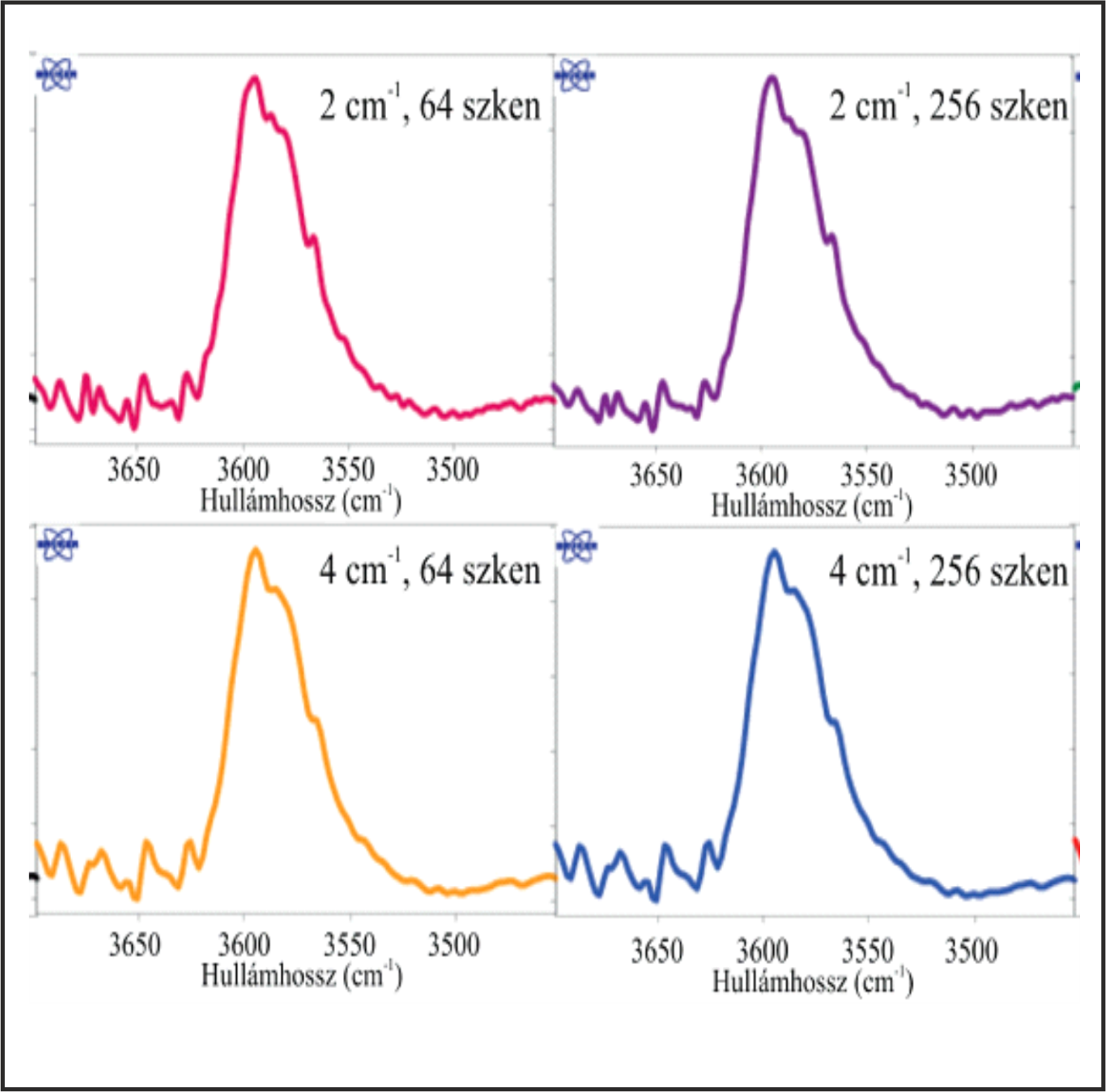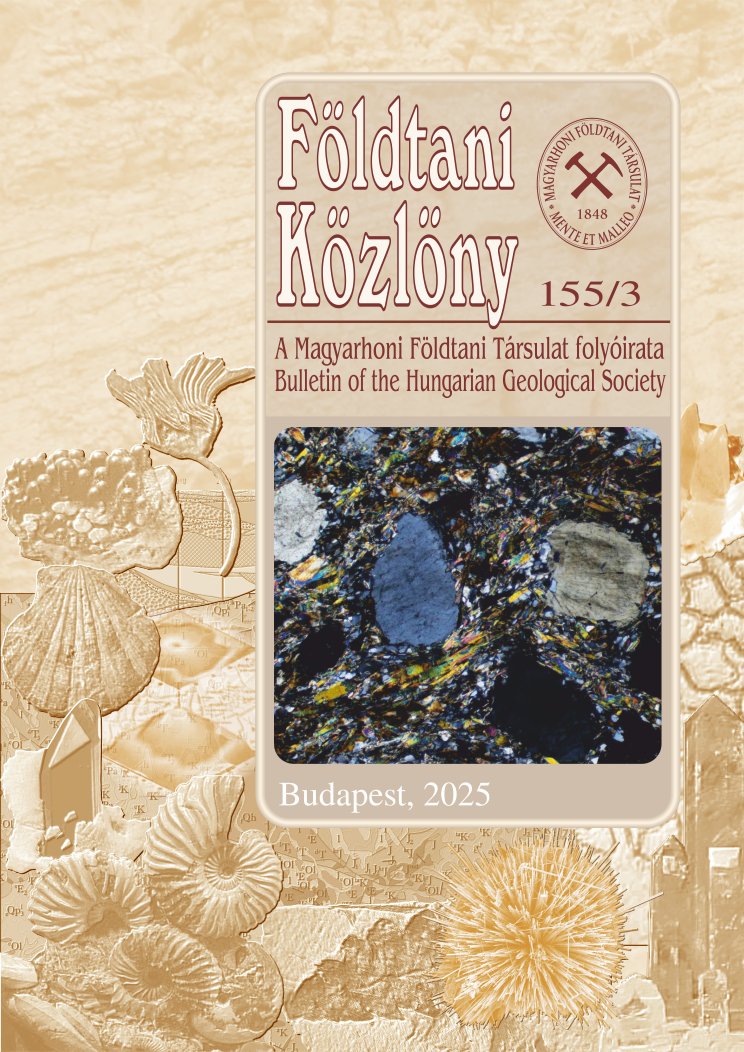Rheology study on the earths mantle: Application of quantitative Fourier transform infrared spectroscopy on upper mantle xenolith from the Persani Mountains
Abstract
By studying mantle xenoliths we can obtain direct information about the chemical and physical state of the lithospheric mantle. With this information, some important geophysical properties (e.g. seismic velocity, conductivity and effective viscosity) can be calculated, which provide a tool to better understand the evolution of the studied region.
In this paper, we present how even a small amount of ’water’ (more precisely structural hydroxyl) in nominally anhydrous minerals (NAMs) can affect the physical properties of the lithospheric mantle and how to quantify the amount of the structural hydroxyl. Fourier transform infrared (FTIR) spectroscopy is a useful technique to study NAMs for their ‘water’ content, which affects the rheology of the different rock types (e.g. melting temperature, deformation, conductivity). As demonstrated in petrologic experiments H+ can be incorporated in a lattice vacancy replacing a cation or incorporate together with another cation, called heteroelectronic incorporation (e.g. H+ + Al3+ or 2H+ + Ti4+). When H+ incorporates in a vacancy it binds to an O2- forming a structural hydroxyl (OH-) group. In some cases, the OH- can bind to a Li+ or Na+ ions within intersticial space. The type of incorporation depends on the composition of the system (e.g. Ti content), the oxygen, H2O and SiO2 activity, oxygen fugacity and pressure.
With the help of micro-FTIR one can measure the exact structural hydroxyl content of the nominally anhydrous minerals. This value is defined in ppm wt. or mol %. Non-polarized micro-FTIR gives a good opportunity to measure small, unoriented grains in a relatively short time compared to the traditional polarized micro-FTIR. The goal of our study is to provide a detailed description of the micro-FTIR method and how it is used to measure structural hydroxyl content in NAMs.
Our study focuses on the lithospheric mantle xenoliths of the Perşani Mountains Volcanic Field and use the results to constrain the physical conditions. Comparing the results with xenoliths from other young volcanic fields (Styrian Basin and Nógrád-Gömör) we have a better understanding of the evolution of the Carpathian-Pannonian region (CPR).
















